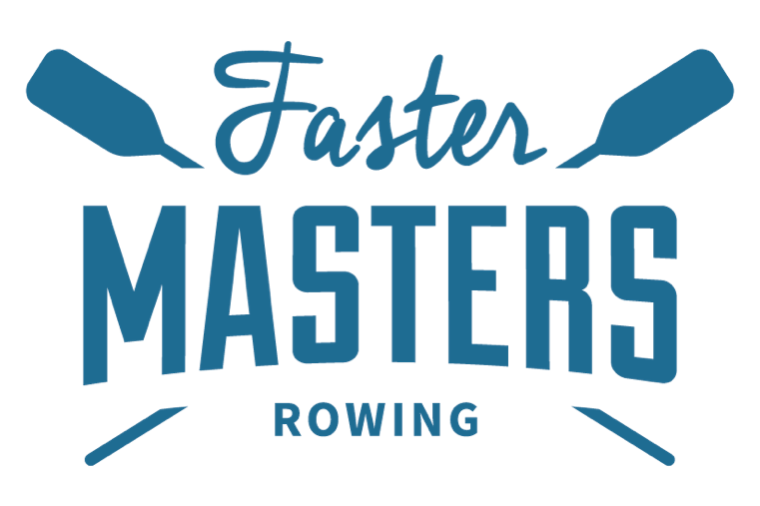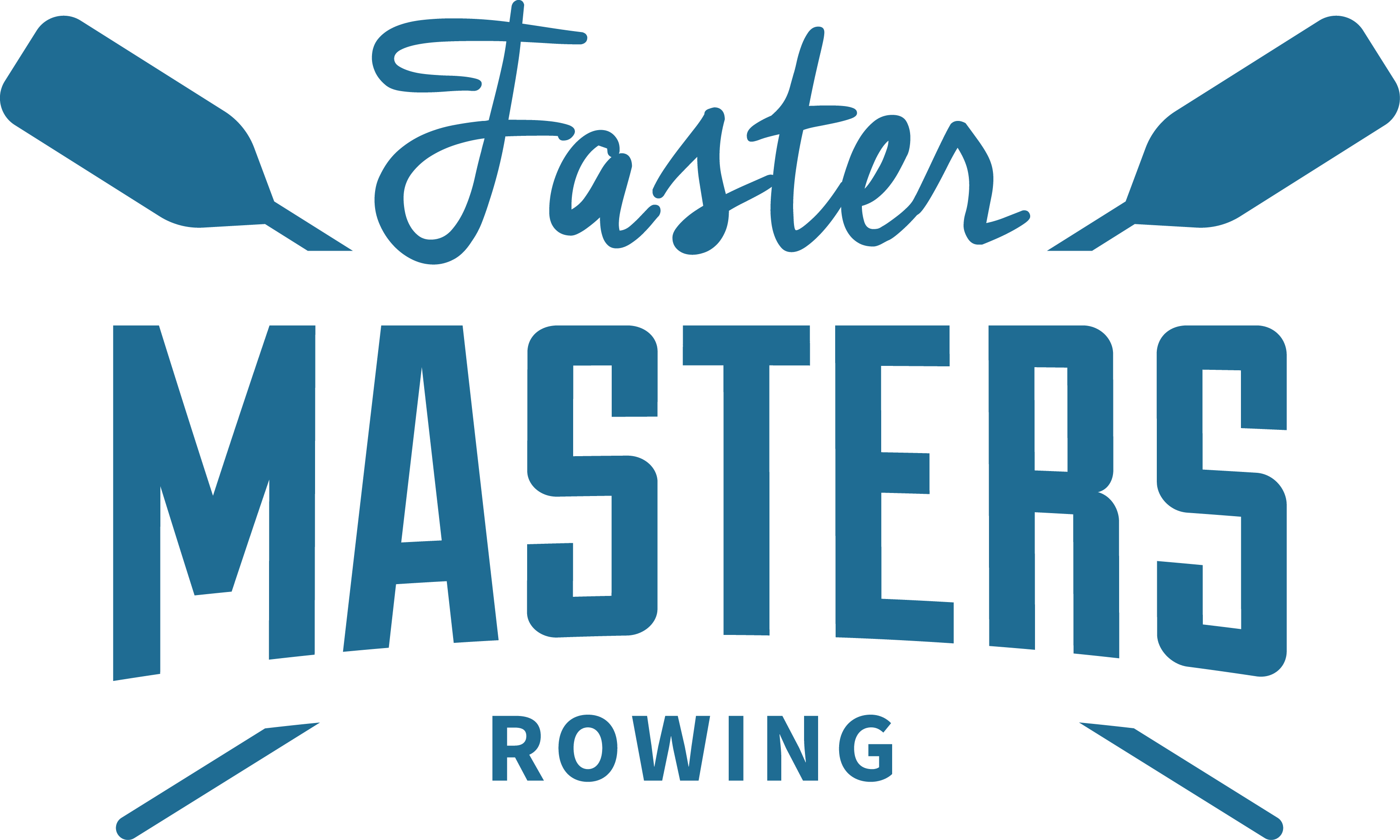You are a keen masters athlete and you want to row faster this year. You’re fed up with trying to figure it out, without a regular coach, or you self-coach – the Individual membership is designed for you.
Your monthly membership includes new articles posted each month and advice in 6 modules to so that you use your available training time effectively and efficiently. to become the athlete you want to be.
I found the structure that I needed to try to go it alone in terms of practices planning. Especially this year with the pandemic and no coach, I’ve relied heavily on Faster Masters to give a steady, progress-based approach to practices. In the past, I’ve had to come up with plans on my own and it makes it much easier to either take the plans outright or to modify them a bit as needed. It gives me confidence that we are moving in the right direction as opposed to making up things on my own. Chris Krupirarz, Ellicott City, MD, USA
The monthly training programs are tailored to fit the current racing season whether it be 1k or 5k. These suit northern hemisphere and southern hemisphere regattas.
- Your Training Program
- Your Technique Program
- Land Training Exercises
- Peak Performance Tips
- Rowing Lifestyle Advice
- Bonus Gift
When we have seasons overlapping or there are major differences when peak events occur we include special notes or programs. Some of our customers live in the Southern Hemisphere; some in the Northern. The program from May to September has a 1k focus – with peaks in May/June (South) and August/September (North); October moves to longer races through to March (North) and then rolls back to 1k. For rowers in the global South, January to May is a 1k focus.
When you join you’ll get our Rowing Fundamentals Bundle worth $279 including: the Faster Five ebook covering bladework, technique, racing, stroke power and the fitness assessment; 2 drill videos to improve your confidence; Race plans for 1k and 5k; The Ultimate Head Racing Guide for Masters; Technique As You Age and Recovery for Masters articles;
These are events our athletes train for:- Masters National Championships (US/NZ/Canada/UK/Australia), Head of the Charles, FISA World Masters, Henley Masters Regatta, World Masters Games.
What Users Say
I loved the technique drills – drills I make my athletes do and which I used to do myself when I was racing but had got out of the habit. And I like the pieces – sensible, doable, but hard enough.
I try to train 4 times a week or every other day – as you know recovery takes longer as we get older – I am 63 and only have one working lung so that has an effect – nonetheless I find the sessions work OK..
Faster Masters™ is definitely helping me – it is extremely hard to coach yourself sensibly.
Persephone Wynn, Nottingham Boat Club, UK
Click on Expand All below to see the list of lessons in this month’s program.
NOTE: All prices are in US$ Dollars. All prices exclude sales tax, except for purchasers in New Zealand where 15% GST is included in the sale price.
Product Content
About Instructor



